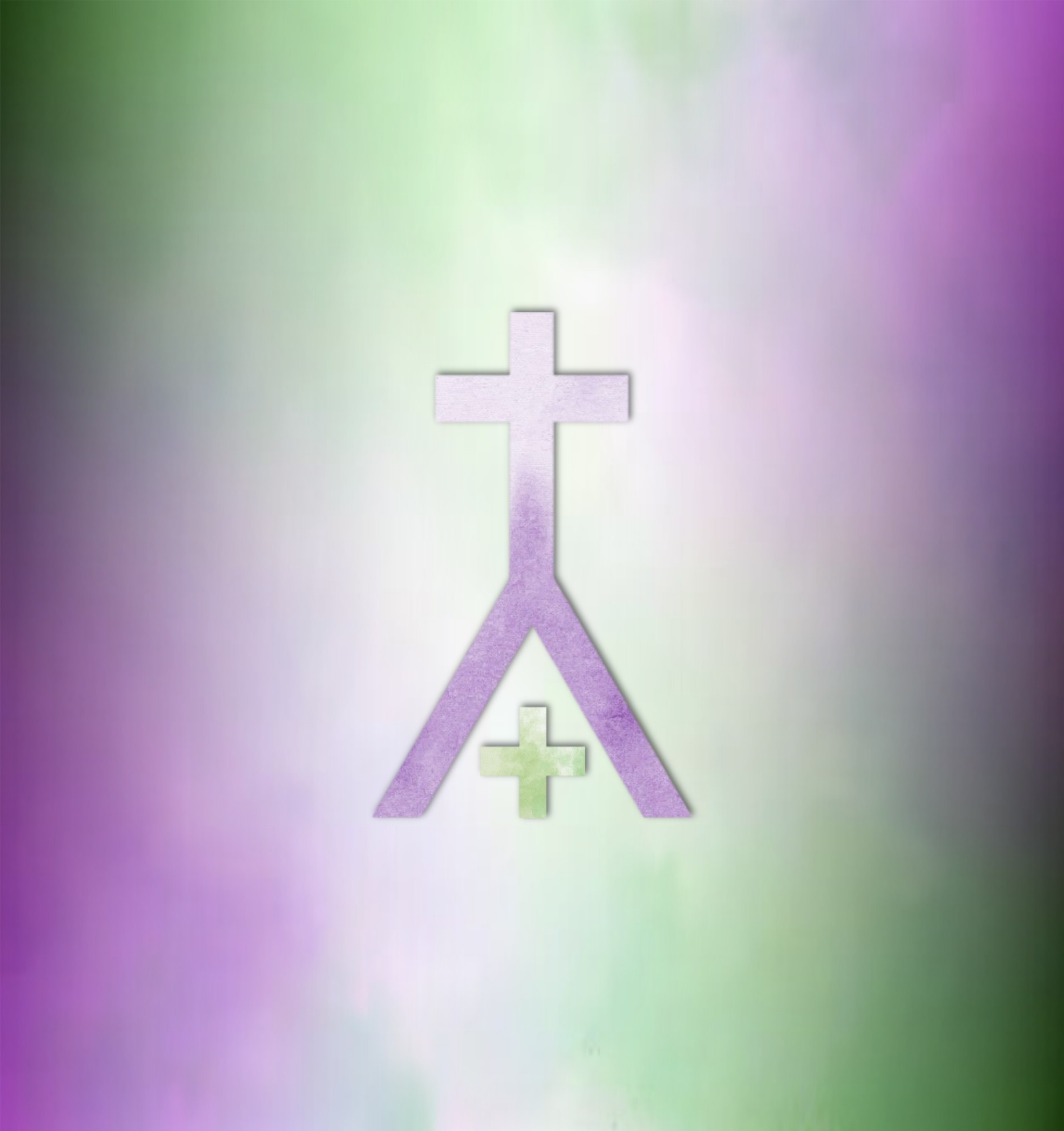Watch
Events
Articles
Market
More
There’s a general aversion to the Cross in the Messianic Movement.
Is this odd? Perhaps. But is it understandable? Definitely.
The Messianic Movement is mostly reactive, however.
And it’s response to the cross is reasonable considering how much the church has made of it a god.
Churchianity bows to the cross, sings to the cross, and acts like it’s a talisman.
So it makes sense to purge it from our practice once we discover our Hebrew Roots.
And maybe it should be part of the initial purge when we find a thing is an idol in our lives. But should it remain removed forever?
Was the cross the problem or the idolatry that was put upon it?
As Calvarians we don’t have a problem with the cross, so long as it is a symbol kept in check. Calvary after all holds no significance for us otherwise but for what was done for us on that cross.
Yes it was called a stauros or stake, which has lead many a new believer to reimagine that this was simply a single beam He was nailed too and not the usual familiar two part torture device. But this is the problem with knee-jerk reaction and the establishment of new doctrine in opposition to the old.
It is usually ignorant. And in this case most extremely so.
Yes, Christianity is corrupt to the core.
Yes she has twisted most doctrines to the destruction of their initial intent.
And yes, she is handling matters and aspects that she has no framework to understand.
…all the more reason for caution when we come into our own in The Way.
Otherwise we will be guilty of ignorant action in the opposite direction and perform over-correction instead of adjusting our position once we have all the information.
As with many terms that don’t always make perfect sense, the stauros was not strictly just a stake but never the less the term was given too it anyway.
If we assume that the name stake is descriptive of the cross then we will reimagine what it looked like when our Saviour was nailed to it. But that will be our reactive imagination not reality as it was.
The Stauros was two parts. A staticula and a petubulum. The staticula was always there, imbedded into the ground on Calvary. And that was strictly the stauros. But the petibulum was a secondary piece of wood to which the condemned was affixed and that attached to the staticula. Then the stauros became known as the xulon or tree. It was a stake and then became a tree.
So in reality the cross symbol does indeed represent the device upon which our Savior died and on Which our redemption was bought.
But some will argue that it was not a symbol of the disciples till Constantine….
This is once again a reactionary belief. And based on a misunderstanding like that of the symbol itself.
The development of the cross as a symbol of discipleship was subtle and slow but it began in the second century not the 4th. As with most things they didn’t come out of nowhere but were eventually put to twisted purpose and intent.
Use of the cross as a symbol began in the second century yes but it began as a nod back to the first. The sign of the cross started as a gesture rather than a written symbol and it was utilized first by the martyrs in the arena. Dying along side actual criminals these disciples were indistinguishable to the crowd from those convicted of genuine crimes. So the martyrs invented the sign of the cross to show the watching crowd why they were there and dying for their faith.
By associating the sign of the cross with themselves, the sign became known for the disciples who where dying but by extension all the disciples. The cross gesture was utilized thereafter by the disciples as a testament to personal faith and eventually to warding off temptation and demonic attack. In Christianity it has become an idol to many, an absurd object of worship.
But is that it’s true purpose? No.
And when used properly it calls back to Calvary, to the Crucified One, to the moment and the means by which we were given citizenship in Israel.
This particular cross is meant to be an exact representation of Calvary as the place of the skull. In templar symbology an equal armed cross can stand for a skull and visa versa. And so this symbol shows the cross of Yeshua atop the hill of Calvary which is marked by the cross that stands for the skull. This symbol represents the entire religion of Calvarianism and was designed by our Templar brethren of old to represent not themselves but their beliefs.
If it is bothersome to others who would otherwise embrace the Calvarian Way, it is understandable and an acceptable objection. So long as the disciple knows what we mean by it and why we believe the cross is and should be our boast not our shame.
Question Everything
templecrier.com
https://storage.googleapis.com..../production-ipage-v1



